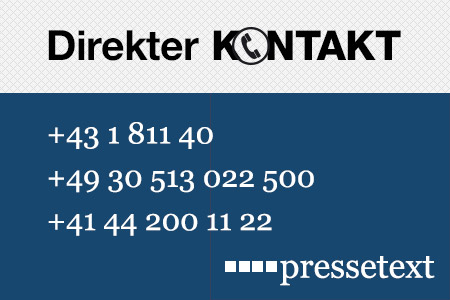Cannabinoids suitable for migraine prevention
Amsterdam (ptp002/24.06.2017/08:00) Germany's recent decision to liberalise the use of cannabis for medical purposes has rekindled policy debate across Europe. While politics and health authorities continue to weigh up the pros and cons of this treatment method, researchers are constantly furthering scientific understanding of the use of cannabinoids.
Progress was reflected in the results of a current Italian study presented at the 3rd Congress of the European Academy of Neurology (EAN). A research team led by Dr Maria Nicolodi investigated the suitability of cannabinoids as a prophylaxis for migraine and in the acute treatment of migraines and cluster headaches. To start with the researchers had to identify the dosage required to effectively treat headaches. A group of 48 chronic migraine volunteers were given a starting oral dose of 10mg of a combination of two compounds. One contained 19 per cent tetrahydrocannabinol (THC), and while the other had virtually no THC it had a 9 per cent cannabidiol (CBD) content. The outcome was that doses of less than 100mg produced no effects. It was not until an oral dose of 200mg was administered that acute pain dropped by 55 per cent.
In phase 2 of the study, 79 chronic migraine patients were given a daily dose of either 25mg of amitriptyline - a tricyclic antidepressant commonly used to treat migraine - or 200mg of the THC-CBD combination for a period of three months. 48 cluster headache patients also received either 200mg THC-CBD or a daily dose of 480mg of the calcium channel blocker verapamil. For acute pain, an additional 200mg TCH-CBD was administered for both types of headaches.
The results after three months of treatment and follow-up after a further four weeks produced various insights. While the TCH-CBD combination yielded slightly better results than amitriptyline (40.1 per cent) with a 40.4 per cent reduction in attacks, the severity and number of cluster headache attacks only fell slightly. When analysing use in the treatment of acute pain, the researchers came across an interesting phenomenon: cannabinoids reduced pain intensity among migraine patients by 43.5 per cent. The same results were seen in cluster headache patients, but only in those that had experienced migraine in childhood. In patients without previous history, THC-CBD had no effect whatsoever as an acute treatment. "We were able to demonstrate that cannabinoids are an alternative to established treatments in migraine prevention. That said, they are only suited for use in the acute treatment of cluster headaches in patients with a history of migraine from childhood on," Dr Nicolodi summarised.
Drowsiness and difficulty concentrating aside, the side effects observed during the study were highly positive. The incidence of stomach ache, colitis and musculoskeletal pain - in female subjects - decreased.
Source: 3rd EAN Congress Amsterdam 2017, Abstract Nicolodi, et al. Therapeutic Use of Cannabinoids - Dose Finding, Effects and Pilot Data of Effects in Chronic Migraine and Cluster Headache
(end)| Aussender: | Bettschart & Kofler Kommunikationsberatung GmbH |
| Ansprechpartner: | Dr. Birgit Kofler |
| Tel.: | +43 676 63 68 930 |
| E-Mail: | kofler@bkkommunikation.com |
| Website: | www.bkkommunikation.com |


